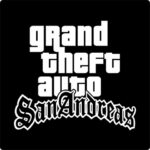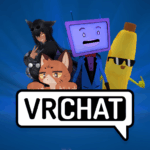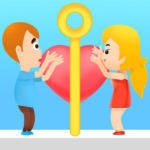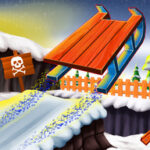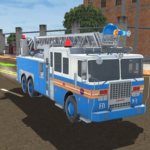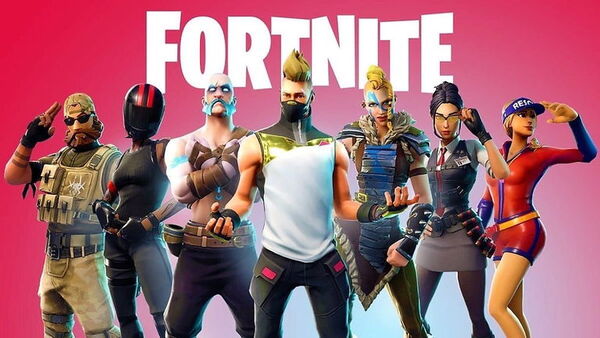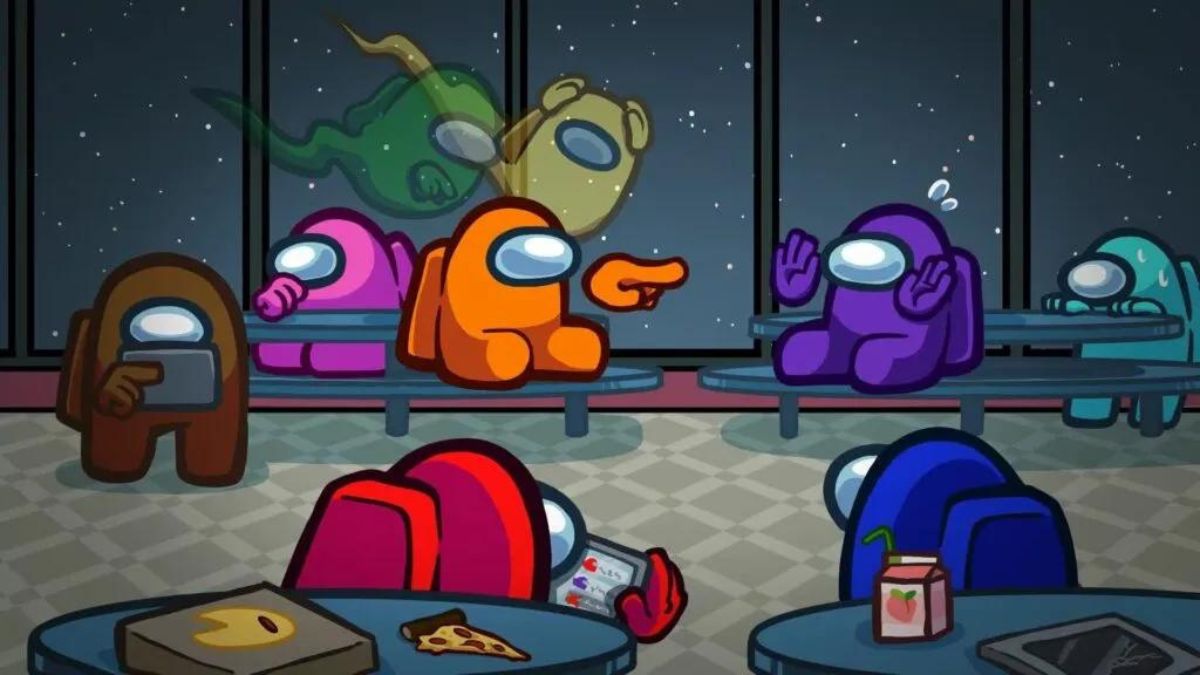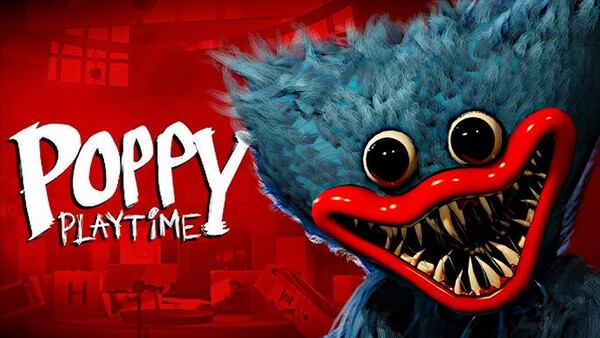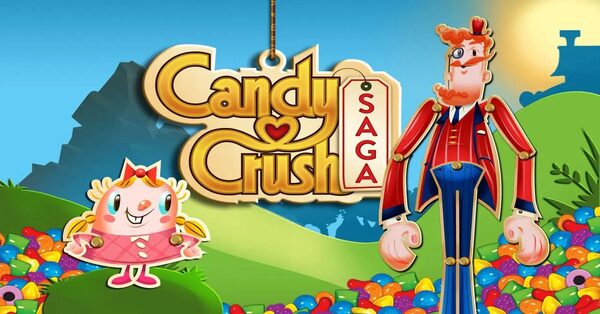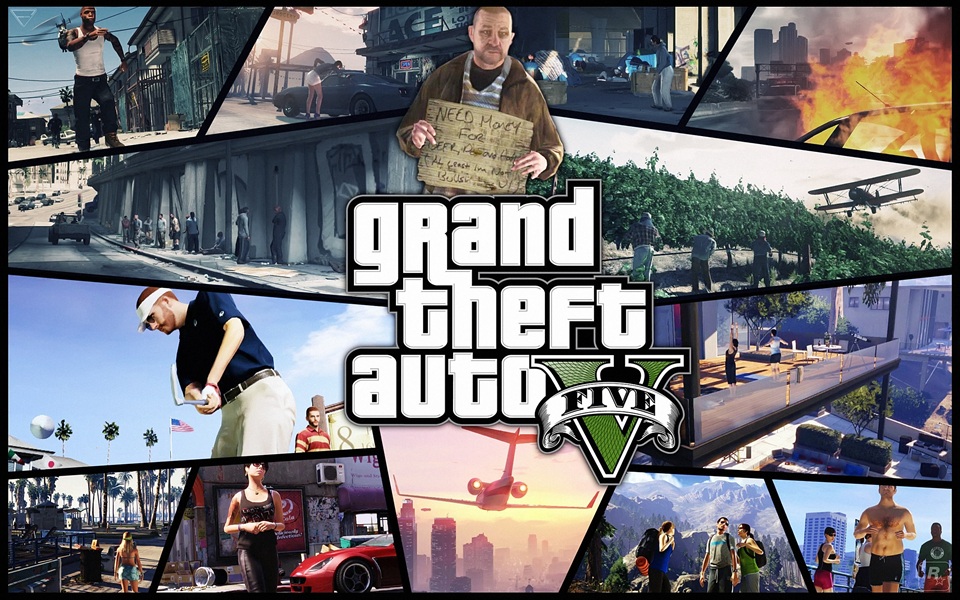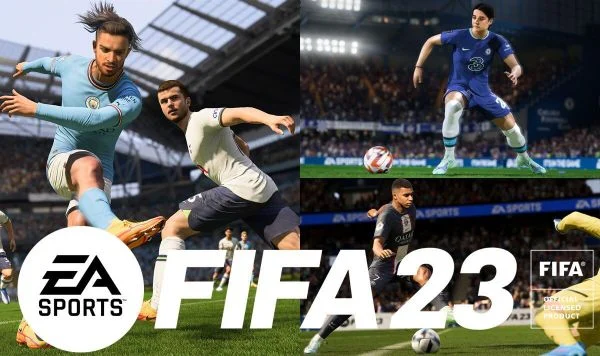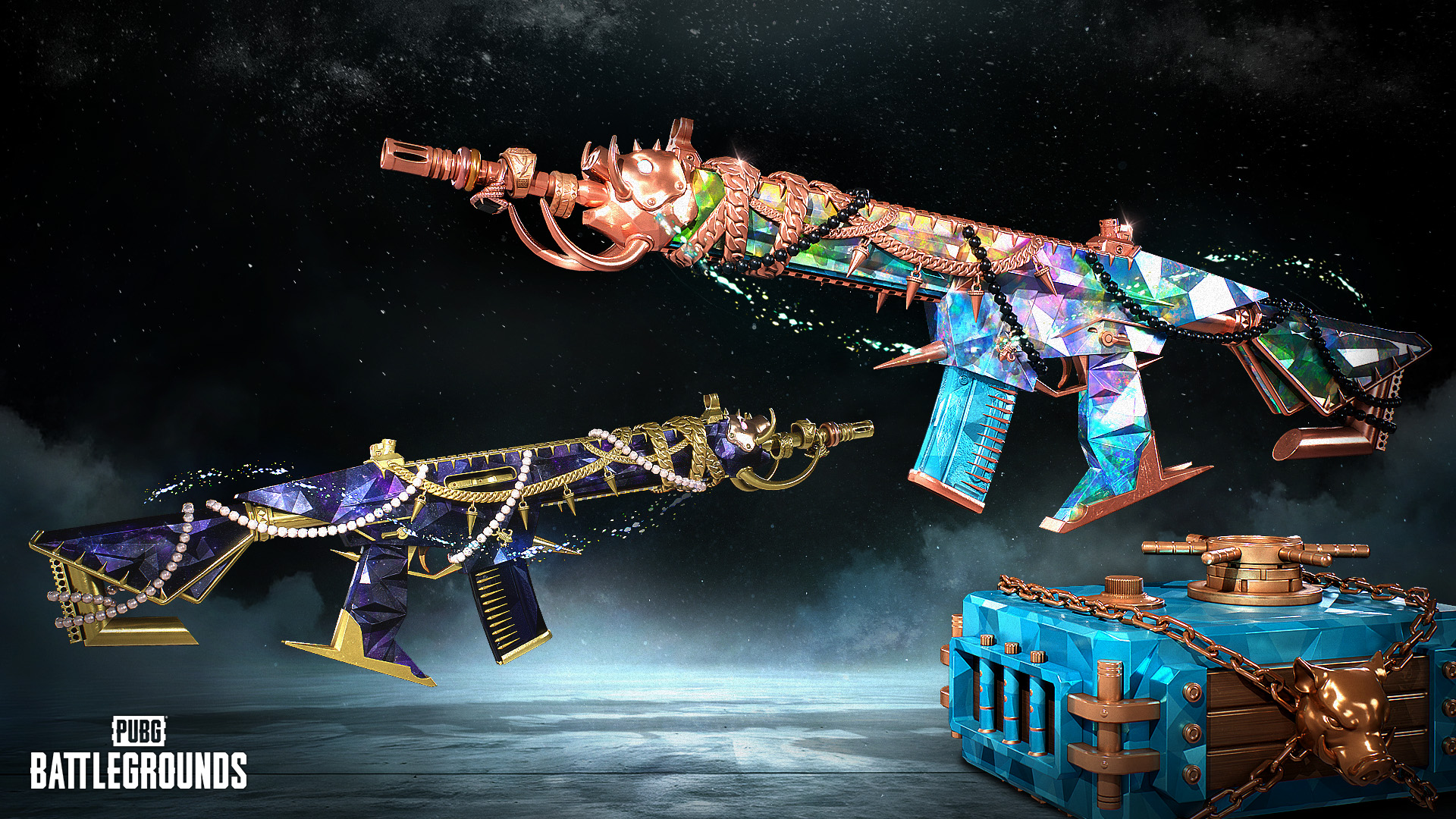Minecraft: A Timeless Sandbox Game That Continues to Shape Generations
Minecraft, created by Markus Persson and later acquired by Microsoft, is one of the most iconic and influential video games of all time. First released in 2009, it evolved from a simple indie experiment into a global phenomenon spanning platforms, generations, and creative boundaries.
As a sandbox game, Minecraft gives players the freedom to explore, build, survive, and modify their world in nearly limitless ways. Whether you're constructing a castle, slaying the Ender Dragon, coding with redstone, or crafting educational experiences, Minecraft remains a powerful digital playground.
This article will walk you through Minecraft's journey, gameplay mechanics, impact on culture and education, and why it continues to be relevant in 2025.
The Origins of Minecraft
Indie Beginnings
Minecraft started as a personal project by Markus “Notch” Persson in May 2009. Developed using Java, the game was heavily inspired by sandbox titles like Infiniminer and Dwarf Fortress, combining resource gathering and block-based building in a procedurally generated world.
Initially available as an alpha version, Minecraft quickly gathered a following due to its open-ended gameplay, modding community, and constant updates.
Mojang’s Role and Microsoft’s Acquisition
Persson founded Mojang to further develop Minecraft. By 2011, the game officially launched with a full release, already selling millions of copies. In 2014, Microsoft acquired Mojang for $2.5 billion, promising long-term support, cross-platform integration, and educational expansion.
Minecraft’s Gameplay Fundamentals
Survival and Creativity
Minecraft offers multiple modes:
-
Survival Mode: Players gather resources, manage hunger, craft tools, and survive enemy mobs.
-
Creative Mode: Unlimited blocks and flying mode allow players to build without restrictions.
-
Adventure Mode: Designed for custom maps with specific rules.
-
Spectator Mode: Observe the world without interacting.
Each mode serves a different play style, from intense survival to artistic freedom.
Block by Block, A World Emerges
Minecraft’s world is composed entirely of blocks. From trees and ores to water and lava, everything can be broken down and rebuilt. The game’s procedurally generated terrain includes biomes like forests, deserts, oceans, mountains, and caves—each with unique resources and challenges.
The Rise of Redstone and Engineering
Introducing Redstone Mechanics
Redstone is Minecraft’s answer to electricity. It allows players to build:
-
Working doors and traps
-
Farming automation
-
Combination locks
-
Complex circuits and logic gates
For many players, redstone became a gateway into basic programming and engineering concepts.
Community Innovations
YouTube is filled with incredible redstone builds:
-
Functional calculators
-
Fully playable in-game games (like Tetris)
-
16-bit computers within Minecraft itself
Redstone adds a layer of STEM learning and mechanical creativity that few games can rival.
Multiplayer and Online Servers
Multiplayer Evolution
Minecraft allows players to host or join servers, enabling collaborative building, competitive games, or massive community projects. Cross-platform play (thanks to the Bedrock Edition) allows users across PC, mobile, console, and VR to interact.
Types of Servers
Popular server categories include:
-
Survival Multiplayer (SMP)
-
Mini-Games (SkyWars, Bed Wars, Hunger Games)
-
Roleplay and City Servers
-
Creative Freebuild Worlds
Some of the largest servers like Hypixel and Mineplex host millions of players, with unique maps, plugins, and in-game economies.
Minecraft’s Modding Community
Mods Enhance Every Aspect
Minecraft's Java Edition has a vibrant modding ecosystem, with thousands of mods available. These can:
-
Add new mobs, dimensions, and quests
-
Improve graphics (e.g., OptiFine, SEUS shaders)
-
Add advanced machinery (IndustrialCraft, BuildCraft)
-
Introduce RPG mechanics
Mods transform Minecraft from a survival game into any genre imaginable.
Modpacks and Custom Launchers
Platforms like CurseForge and Technic Launcher offer curated modpacks that streamline installation and ensure compatibility. Examples include:
-
RLCraft (hardcore realism)
-
SkyFactory (void-based automation)
-
Pixelmon (Pokémon within Minecraft)
The Cultural Impact of Minecraft
The YouTube Generation
Minecraft revolutionized game streaming and content creation. Creators like CaptainSparklez, Dream, TommyInnit, and StampyLongHead amassed millions of subscribers through storytelling, tutorials, and challenge runs.
Iconic Moments
-
“Revenge” music parody by CaptainSparklez
-
Dream SMP’s roleplay series
-
MrBeast’s Minecraft challenges
-
PewDiePie’s return to Minecraft in 2019
Minecraft became more than a game—it was a social platform for storytelling and community building.
Educational Value and Minecraft: Education Edition
Learning Through Play
Minecraft’s open structure naturally supports learning:
-
Math: Counting blocks, ratios, geometry
-
Science: Ecosystems, circuits, chemistry (in Education Edition)
-
History: Rebuilding ancient cities
-
Coding: Via Redstone and Code Builder
Minecraft: Education Edition
Used in classrooms globally, this version includes:
-
Classroom tools for teachers
-
Code Builder for block-based or JavaScript programming
-
Curriculum-aligned lessons
It’s used for teaching digital citizenship, collaboration, and critical thinking—proving Minecraft's value beyond entertainment.
Marketplace and Monetization
Bedrock Marketplace
While Minecraft Java Edition offers mods for free, the Bedrock Edition features a Marketplace where players can purchase:
-
Skins
-
Texture packs
-
Adventure maps
-
Mini-games and worlds
Creators earn money by publishing on the Marketplace, creating a creator economy similar to Roblox or Fortnite.
Ethical Concerns
Although monetization supports developers, some players argue it:
-
Divides players between free and premium content
-
Encourages pay-to-play dynamics
-
Dilutes the original open-source spirit
Cross-Platform Integration and Versions
Java vs. Bedrock Editions
| Feature | Java Edition | Bedrock Edition |
|---|---|---|
| Mod Support | Extensive (Free) | Limited (Paid via Store) |
| Cross-Platform Play | No | Yes (Across devices) |
| Performance | Heavier but flexible | Optimized for devices |
| Developer Tools | Open modding | Monetized content |
Platform Reach
Minecraft is available on:
-
PC (Windows, macOS, Linux)
-
Consoles (PS4/PS5, Xbox One/Series, Switch)
-
Mobile (iOS/Android)
-
VR (Meta Quest, PS VR)
-
Education platforms
Pros and Cons of Minecraft
Benefits of Minecraft
✅ Creativity Unleashed
Minecraft provides the ultimate sandbox. Build castles, recreate cities, invent machines—your imagination is the limit.
✅ Educational Tool
Supports problem-solving, design thinking, and STEM skills.
✅ Community and Content
Endless worlds, mods, servers, and stories created by players for players.
✅ Longevity and Updates
Constant updates (like the Caves & Cliffs or Trails & Tales updates) ensure the game never feels outdated.
✅ Cross-Platform and Co-op Play
Play with friends across nearly any device.
Downsides of Minecraft
❌ Learning Curve for New Players
Especially in survival mode or redstone logic, beginners may feel overwhelmed.
❌ Paid Content in Bedrock
Marketplace purchases can be expensive, and some free Java features require payment in Bedrock.
❌ Fragmentation Between Editions
Differences between Java and Bedrock editions cause confusion and platform-specific limitations.
❌ Graphics Aren’t for Everyone
Blocky visuals may deter players who prefer high-fidelity graphics.
Final Rating and Verdict
| Category | Score (Out of 10) |
|---|---|
| Gameplay Flexibility | 10 |
| Community & Content | 10 |
| Educational Value | 9.5 |
| Graphics and Sound | 8 |
| Accessibility | 9 |
| Monetization Model | 7.5 |
| Overall Experience | 9.3 / 10 |
Conclusion: Minecraft's Legacy and Continued Influence
Minecraft isn’t just a game—it’s a cultural force, an educational platform, and a sandbox for limitless human creativity. Over a decade since its creation, it continues to inspire millions across age groups, geographies, and skill levels.
From solo adventurers crafting their first pickaxe to classrooms full of students coding mini-games, Minecraft proves that simplicity and imagination are a powerful combo. In 2025, its relevance hasn’t waned—it has only grown.
Whether you're a veteran mining for netherite or a beginner exploring your first village, one thing is certain: Minecraft remains a blocky world of infinite possibilities.

